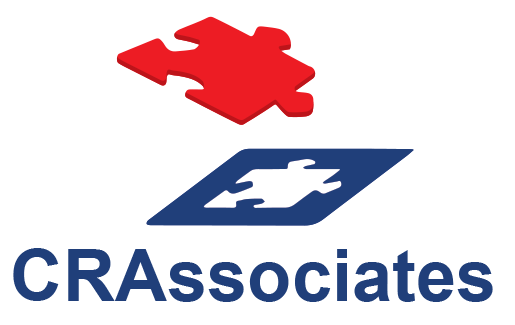8 USDA BUSINESS PROGRAMS
Please click the following links, each of which provides more information about the 8 major USDA Business Programs:
- Business and Industry Loan Guarantees improve the economic health of rural communities by increasing access to business capital through loan guarantees that enable commercial lenders to provide affordable financing for businesses in eligible rural areas.
- The Intermediary Relending Program alleviates poverty and increases economic activity and employment in rural communities by providing loans to local organizations (intermediaries) for the establishment of revolving loan funds, which are used to help finance business and economic development activity to create or retain jobs in disadvantaged and remote communities.
- Rural Business Development Grants are provided for rural projects that (a) finance and facilitate the development of small and emerging rural businesses; (b) help fund distance learning networks; (c) help fund employment-related adult education programs; (d) assist with business development; and (e) fund many different types of other activities.
- The Rural Business Investment Program provides access to capital that is vital to businesses and often is scarce in rural areas through newly formed venture capital organizations.
- Rural Cooperative Development Grants are used to improve the economic condition of rural areas by helping individuals and businesses start, expand or improve rural cooperatives and other mutually-owned businesses through rural cooperative development centers.
- The Rural Microentrepreneur Assistance Program supports the development and ongoing success of rural microentrepreneurs and microenterprises by providing loans and grants to microenterprise development organizations.
- Socially-Disadvantaged Group Grants provide technical assistance to socially-disadvantaged groups through cooperatives and cooperative development centers.
- Value Added Producer Grants assist agricultural producers enter into value-added activities related to the processing and/or marketing of new products, create and expand marketing opportunities, and increase producer income.
Depending on the particular USDA Business Program, it’s subsidy may be used with traditional financing as well as other community and economic development programs, such as that provided by new markets tax credit financing, historic tax credit financing, low-income housing tax credit financing, opportunity zone financing, and CDFI Programs.
There are complex rules that must be followed in order to qualify for and comply with USDA Business Programs.
